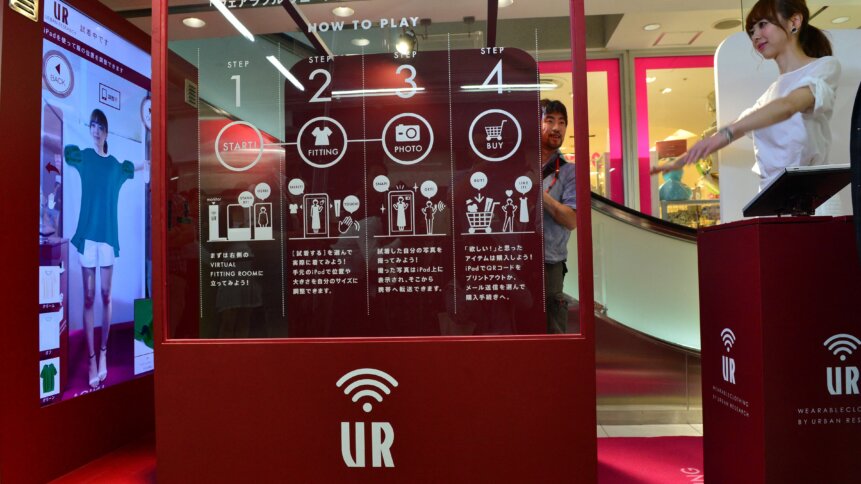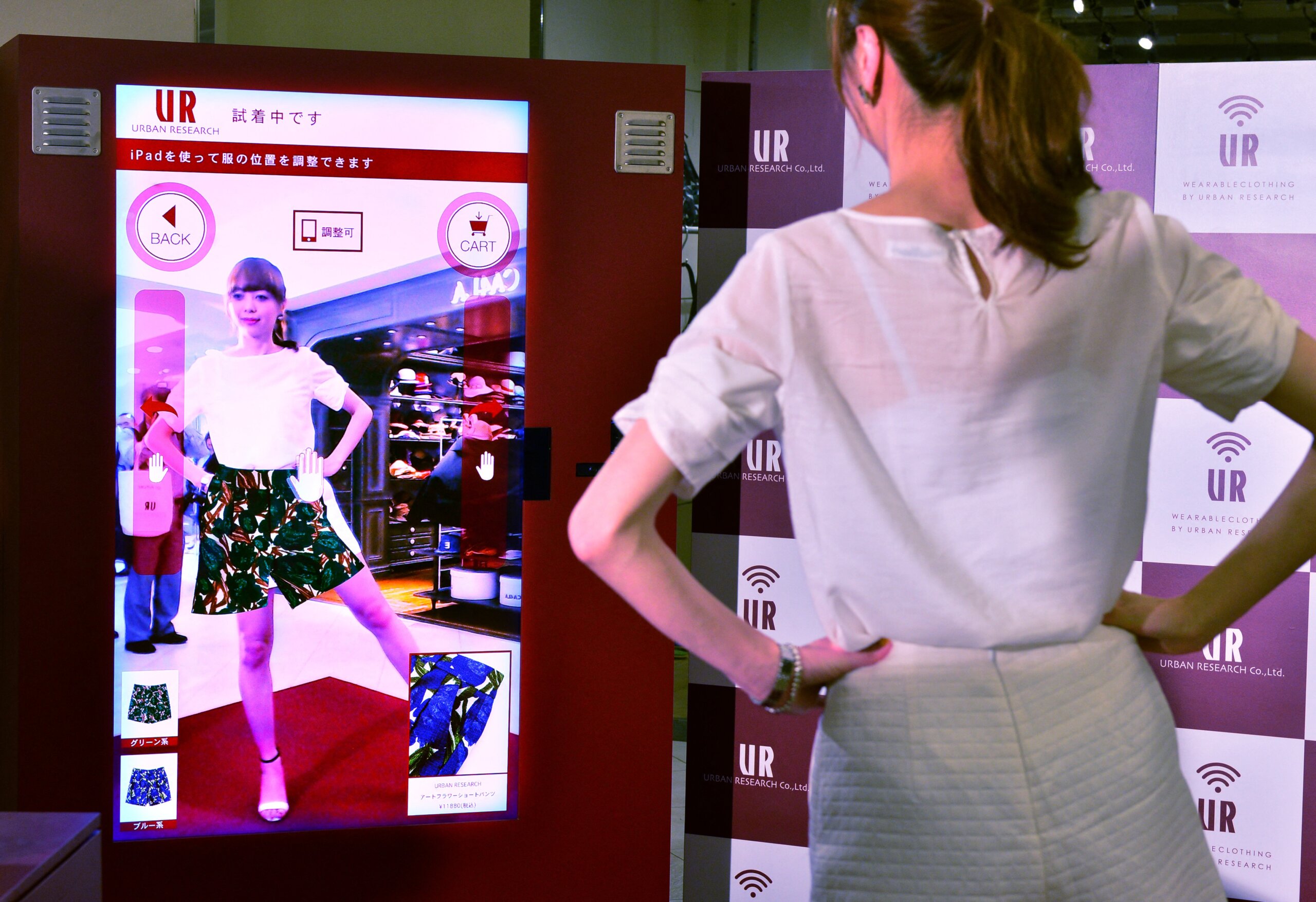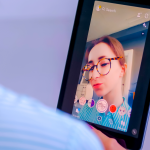The tech that is pushing the business of fashion forward in 2022

The business of fashion has been a surprising driving force behind technological innovation since the start of the industrial revolution. The word “fashion” comes from an old French word, “façon”, which means to do things in a particular way — an apt term to chart technological progression as well.
However, the relationship between tech and fashion has grown even more intimate over the last few years, as the tech world continues to push the boundaries of what’s possible at a meteoric rate — thanks to groundbreaking innovations like 3D printing, the business of fashion is likely to be impacted substantially in 2022.
After all, it’s been right around a decade since the world experienced its first contact with genuine wearable technologies, and less than a decade for the first smart clothing to make it to the market.
Tech innovating the business of fashion in 2022
Technology has always been at the forefront of innovation in fashion, catalyzing new ideas, products, and experiences. Today, businesses open up many more possibilities in fashion’s future, especially by connecting people across borders.
While 3D printing and wearable devices weren’t invented with fashion design in mind, it’s obvious how these technologies are already impacting fashion today and will continue to do so in the future.

A model demonstrates a virtual fitting room using technology of augmented reality, produced by Japan’s apparel shop chain Urban Research at Tokyo’s fashion building Parco in 2014. (Photo by YOSHIKAZU TSUNO / AFP)
Fashion tech trends
With the evolution of technology, several innovations have changed how we interact with fashion. On the runway, on the street and in the boardroom, technology is transforming the business of fashion.
Consumers are tired of waiting for new products to come out. They want instant gratification and an on-demand style. When it comes to technology, there are various ways brands can make this happen.
Virtual reality, augmented reality, and mixed reality have been discussed in the public domain for a while now, and many predict that they’ll be fully integrated into the fashion industry by 2022. Trends like VR and AR have given consumers more ways to experience fashion than ever before.
These new technologies and innovations will change how consumers look at clothes, and how manufacturers make them. Currently, AR/VR dressing rooms are becoming an industry standard. Companies such as Lululemon, Asos, and Adidas have already introduced them in their stores.
This technology allows shoppers to choose an outfit and then try it using headsets and 3D imagery.
Internet of Things in clothing
However, the future of fashion goes way beyond virtual dressing rooms. Wearable technology is expected to evolve into smart garments or garments with embedded devices connected to the Internet. According to a study by Allied Market Research, the wearable technology market would reach US$57.7 billion by 2022.
Smart fabrics react to body temperature or pull moisture away from the skin. The materials can adapt to the environment, so users can wear the same outfit in both summer and winter just by changing its settings.
In 2022, expect more clothing made from digital fabrics such as smart textiles — materials embedded with sensors that can connect to smartphones and let wearers send information about their emotional or physical wellbeing to doctors.
YOU MIGHT LIKE

Why virtual try-ons could be fashion’s holy grail
Blockchain technology and NFTs for fashion
Blockchain technology is still in its early days, but the fashion industry is already taking advantage of it. Blockchain offers a new way to keep track of customer engagement, boost sales, and quickly build a loyal customer base.
One of the most promising aspects of blockchain application within fashion is non-fungible tokens (NFTs). NFTs are digital, blockchain-based objects that can be transferred between users. NFTs are unique and can become valuable collectibles over time, which means brands will want to leverage these digital creations for everything, from clothing to accessories.









